PROTECT YOUR DNA WITH QUANTUM TECHNOLOGY
Orgo-Life the new way to the future Advertising by AdpathwayAugust brings late summer heat, fluctuating weather, and the final phase of warm-season growth for many of our plants. While spring and early summer are often the best times for propagation, there are several reasons to propagate plants in August.
Some of our favorite annuals are winding down, and special ones may be worth replicating for the following season. It’s time to divide select perennials to expand the colony.
Woody shrubs still have just enough tender growth to use for cuttings before they prepare for dormancy. Seeds are dropping and scattering to overwinter in place, and vigorous herbs may be in need of a good trim, creating ready-to-use fresh stems for easy rooting.
Tender perennials and tropicals, too, benefit from a last round of propagating before moving them indoors or forfeiting them to cold temperatures. To expand your collection and fill your garden, propagate these plants this August.

Sensation Blend Cosmos Seeds
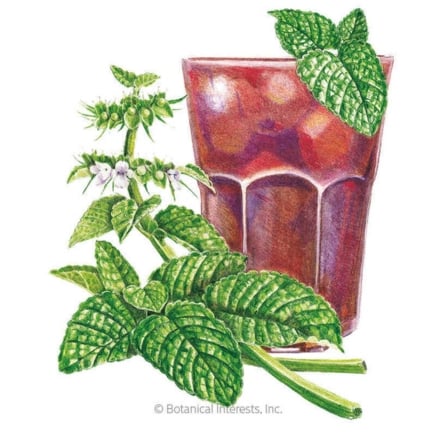
Petite Charmer Blend Petunia

Petite Charmer Blend Petunia Seeds
Late Summer Propagation
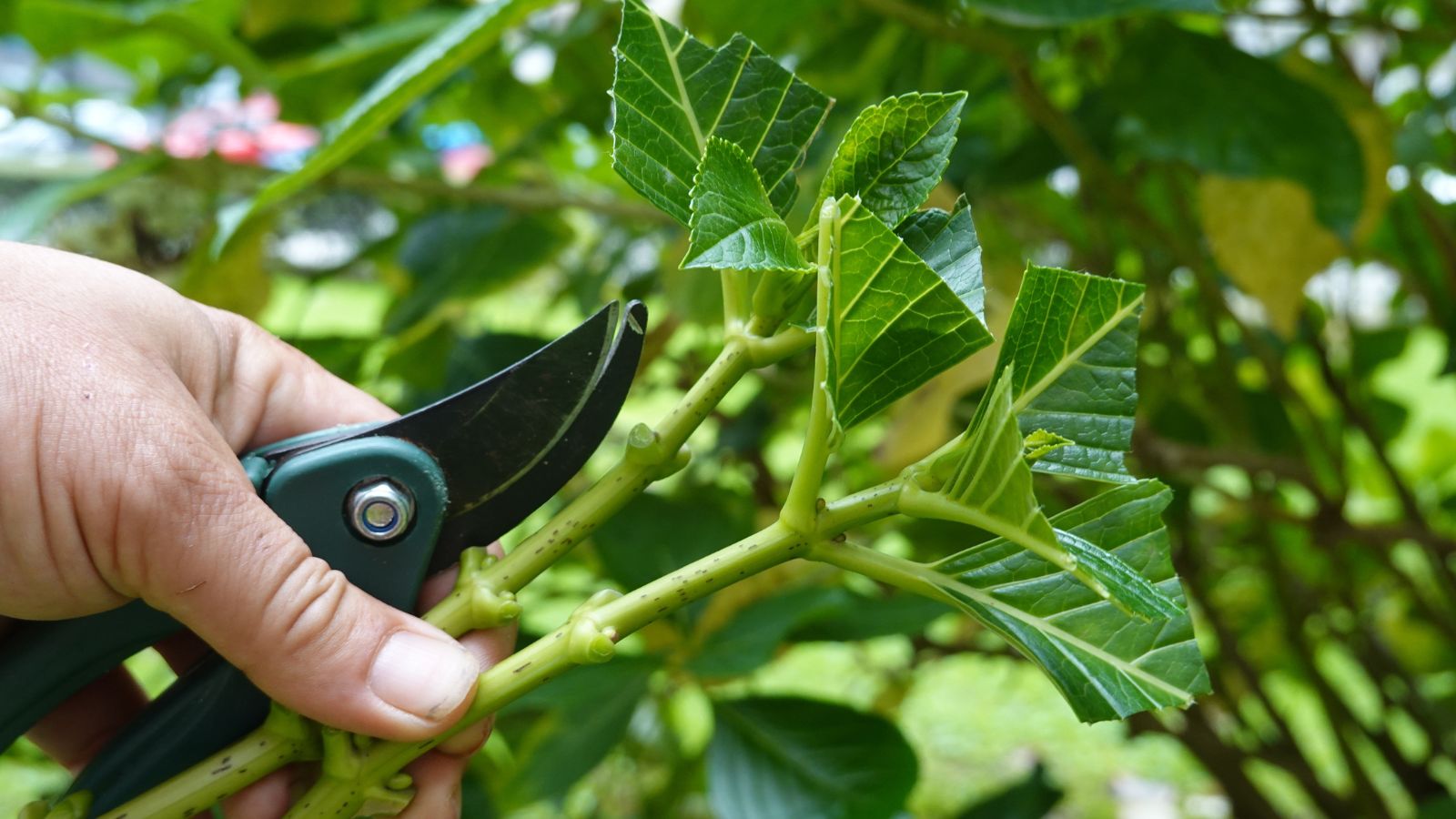 Take cuttings early in August for the best results.
Take cuttings early in August for the best results. Whether semi-ripe cuttings, ground layering, division, or seeding, propagating plants in August brings the ambitious gardener winter projects and a head start on next season’s growth.
Cuttings from shrubs, perennials, annuals, and herbs rely on fresh, pliable growth. Cuttings we take this season will need winter protection or overwintering indoors for spring transplanting. Take snips of bushy herbs to enjoy in water on a windowsill through winter.
Cuttings taken in late summer may work for deciduous shrubs, including hydrangea, roses, and forsythia. For the best success, try taking cuttings early in the month. Over the winter, keep them in a greenhouse or protected area as they develop roots.
Lavender
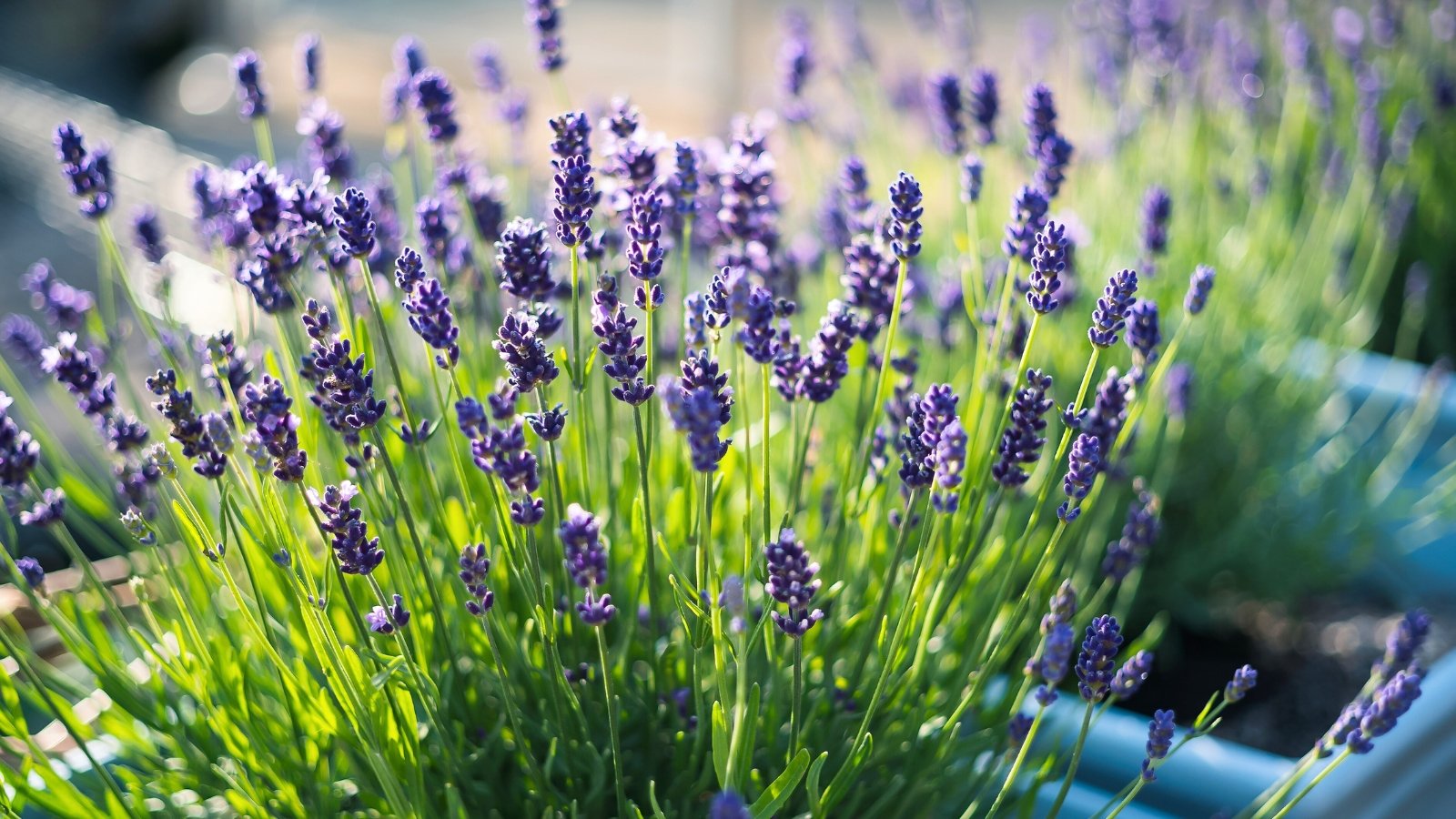 Propagate lavender from stem cuttings this month.
Propagate lavender from stem cuttings this month. To enjoy more soothing lavender, propagate this plant in August by taking cuttings or stem layering. For cuttings, use only fresh green growth. Avoid cutting into the brown, woody branches toward the crown. Make the cut into green stems two to three inches above the woody portion.
For the best stems to layer, look for low-growing, pliable ones with healthy new growth and slightly woody bases. They should be at least four inches long and able to bend to the soil level. Keep the stem attached to the mother plant.
Determine where the stem best meets the soil, and remove the leaves around this section. Using sterilized snips or a blade, lightly scratch and scuff the bottom of the segment. Dig a shallow trench and place the scuffed portion in it, covering the stem with soil. With the stem in place, anchor or “peg” it to hold. A sod staple or rock does the trick.
Leave the layers in place for six to eight weeks to develop healthy roots for transplanting. Keep the sections evenly moist until frost, taking care not to create overly wet conditions. If the stem shows good rooting, clip the young plant from the mother and situate it in its new garden location, or pot it up for overwintering.
Bearded Iris
 Divide your iris to grow more plants.
Divide your iris to grow more plants. Bearded iris blooms in spring with frilly, colorful flowers that last into summer. By August, they’re ready for dividing and transplanting.
Late summer or August is the best time to propagate these plants or to move existing rhizomes. The warm weather gives them time to establish before cool temperatures roll in. Every few years, dividing established clumps can reduce crowding and expand the collection.
Plan to split the colony from one month after its summer flowering up until early fall. Aim to retain a few inches of the rhizome with at least one of the fanning leaf blades attached. Trim the leaf in half and replant the rhizome with the top just above soil level.
Robust spreaders like bearded iris benefit from reducing crowding and controlling the spread every one to three years, while slower selections like Siberian only need it every six to ten years.
Irises tolerate various soil types, from acidic to clay to sand. They grow best in moist and well-drained conditions but are quite drought-tolerant.
Daylily
 Split tired clumps to rejuvenate them.
Split tired clumps to rejuvenate them. Daylilies are of hardy stock, handling challenging sites and surviving for years with little care. Whether in a tended garden or an abandoned homesite, the tough perennials produce their prolific flowers with long-lasting color.
In August, their strappy foliage can show wear and tear. It may yellow and flop. Cut back aged bloom stalks and any leaves that are yellow or dry. Propagate the perennials this month by digging and dividing the clumps with a sharp spade or blade. Transplant the divisions to their new locations, and keep them well-watered for even moisture as they establish.
Adaptable daylilies handle the heat as they develop roots before cold weather arrives. Water through frost to set them up for successful overwintering.
Rose
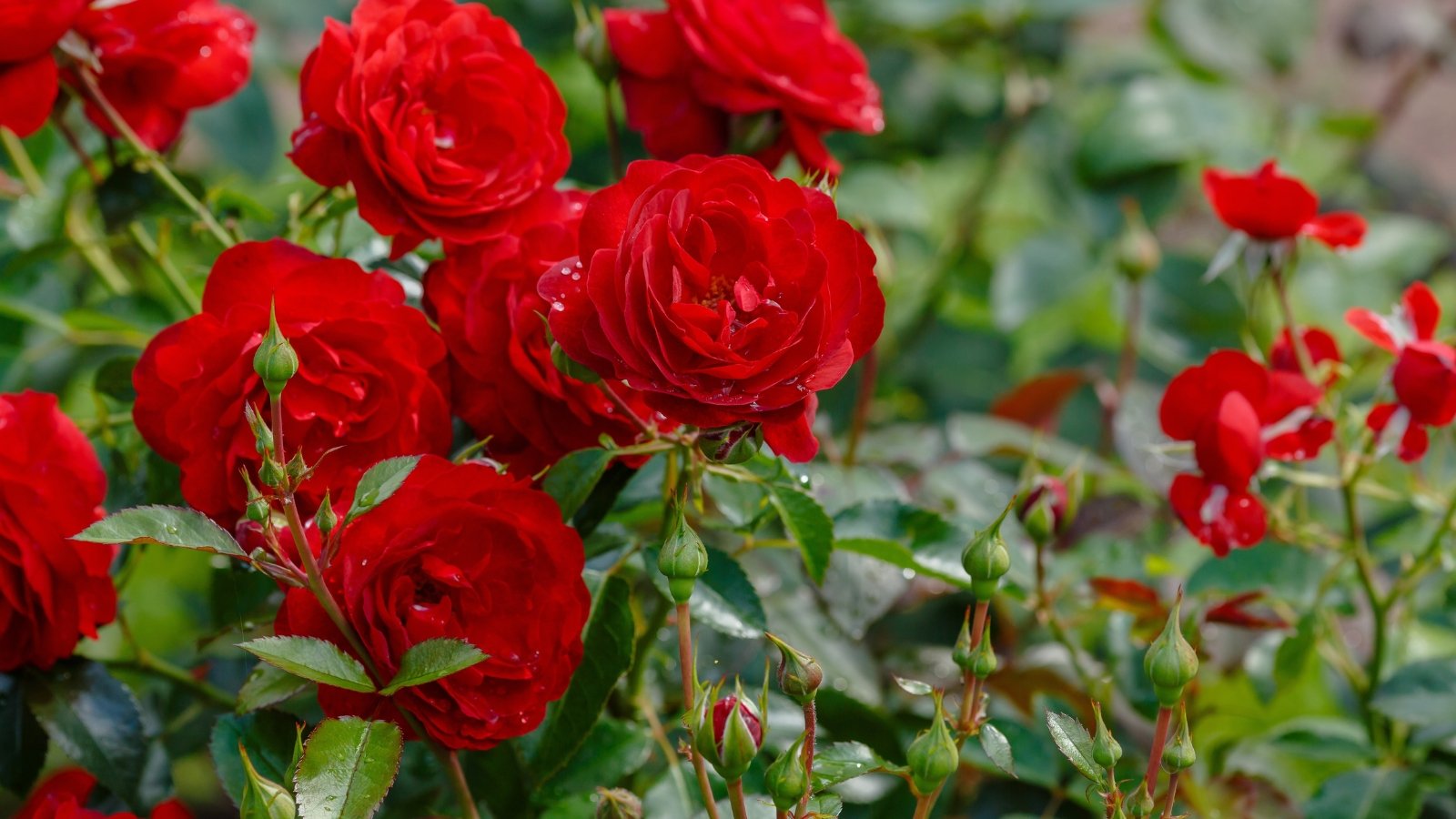 Take semi-hardwood cuttings in August.
Take semi-hardwood cuttings in August.While we usually take rose cuttings from fresh growth in spring and early summer, you can propagate these plants in August if you protect the tender shoots over the winter. The flowering shrubs propagate in late summer through semi-hardwood cuttings of active growth.
When taking cuttings, aim for a branch that doesn’t have flowers. If it does hold a bud, bloom, or hip, remove them so the shoot directs energy to forming roots. Cut a six-inch piece of healthy, pliable stem just above a leaf node. Cut the stem at a 45-degree angle, and remove the foliage from the bottom ½ of the cutting, keeping any upper leaves intact.
Stick the cutting at about half its length in a pot with moist, well-draining potting mix. Vermiculite and perlite make suitable mixtures. Place the pot in a bright, warm location, avoiding direct sunlight. Water regularly to keep the soil evenly moist. When roots take hold and new growth emerges, transplant to a larger pot for overwintering.
Take several cuttings, as not all may become viable. Rose cuttings may take a few years to develop into full, multi-stemmed plants, but cuttings are an easy way to reproduce the parent plant and are relatively easy to try.
Petunia
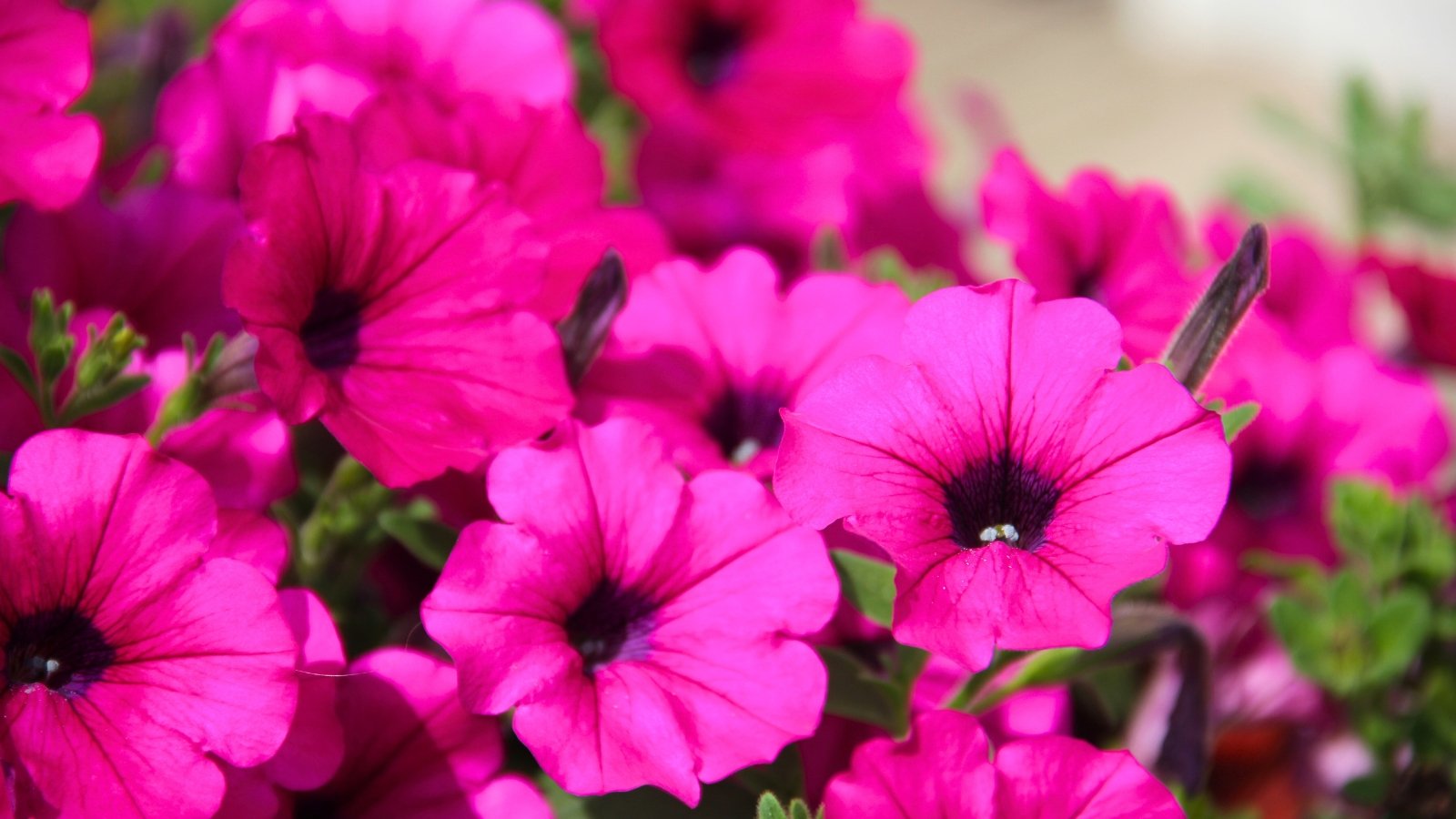 Stem cuttings root quickly in water.
Stem cuttings root quickly in water.Petunias and their long stems make them an ideal plant to propagate in August. They root in water or potting media, making it easy to preserve favorite heirlooms or colors. It can take five to six weeks for a successful cutting to be ready for transplanting, and they’ll be ready for the garden by spring with overwintering indoors.
Select fresh stems, preferably without flowers or with the buds and blooms removed, and clip a four to six-inch length. Pinch leaves off the lower portion of the cutting, leaving one or two sets intact toward the top.
Toward the end of summer, petunias benefit from a trim if they’re looking leggy and sparse. It may rejuvenate growth for a final flush of blooms heading into fall. When taking clippings, cut the green stems just above a leaf node so the remaining stem will generate new growth.
Rosemary
 Choose healthy stems that aren’t too woody.
Choose healthy stems that aren’t too woody.While it’s easiest to propagate rosemary from softwood cuttings in spring and early summer, it’s possible to root semi-ripe cuttings after they finish flowering later in the season. As with lavender, look for malleable, fresh, nonwoody stems. Cut a six-inch section of green stem and strip the lower leaves.
Rosemary roots in water or potting media, with roots forming within about a month. With semi-ripe cuttings, it may take longer for them to be ready for potting up. Look for healthy, white roots to be longer than half an inch before potting them up. Keep the cuttings moist but not over-saturated as they develop.
Rosemary grows indoors year-round and perennializes in mild climates. Keep them protected until the temperature warms in spring.
Hydrangea
 Layering and cuttings are good propagation options.
Layering and cuttings are good propagation options. These plants propagate in August via cuttings and ground layering. If you have a favorite you want to clone, either method does the trick. Take cuttings from new growth with leafy stems free of flowers.
Clip the stems just above a leaf node, and reduce them to four to six-inch lengths. Keep at least a set of two leaves intact per cutting, and cut the large leaves in half to reduce moisture loss. Hydrangeas grow from summer cuttings in about four to six weeks.
Layering hydrangea stems mimics something the plants do naturally. Low stems make contact with the soil and begin to establish roots. As roots strengthen, the offshoot becomes self-sufficient and can separate from the parent plant.
Like the woody sub-shrub lavender, choose a bendable stem to lower to the ground. Scuff the portion that makes soil contact, and dig a small one to two-inch trench. Tuck in the branch, and cover the scuffed stem with soil. Weight it with a brick, rock, or sod staple to hold it in place.
Keep the portion evenly moist until frost. For ease of overwintering, leave it in place until separating the new plant in spring.
Fuchsia
 Make these plants last by propagating from cuttings.
Make these plants last by propagating from cuttings. Tropical fuchsia overwinters indoors as a houseplant, but it can be finicky as it moves between seasons and situations. To save a portion of your specialty selections (and to make replicas) in August, propagate these plants from cuttings.
For a full, leafy form loaded with blooms, fuchsia benefits from pinching the stems during the growing season, stopping before fall’s first frost. Use clippings in August to propagate more plants, keeping them in a warm spot with bright, indirect light.
The tropicals regrow quickly, but avoid making heavy cuts during peak summer temperatures, as they conserve energy in extreme heat rather than direct it to growth.
Scented-Leaved Geranium
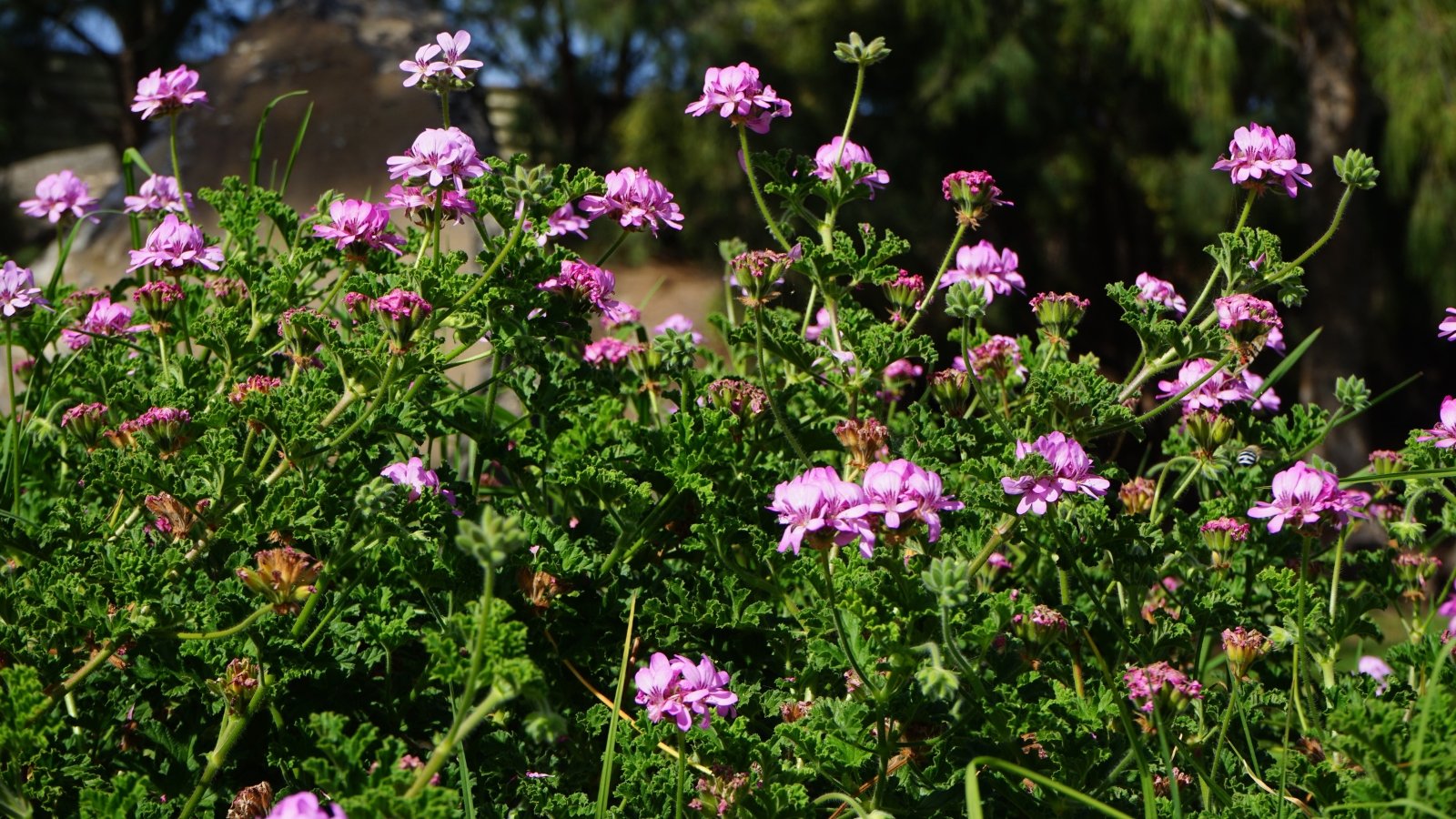 Trim areas with soft growth for propagation.
Trim areas with soft growth for propagation.Scented-leaved geraniums are among the numerous species of Pelargonium and are grown for their shapely, aromatic foliage and herbal qualities. They’re versatile in the garden and containers, indoors and out. They grow well as houseplants with summers spent outdoors.
It’s easiest to propagate geraniums early in the season before flowering, but it’s possible to take them anytime. New, healthy, soft growth is best. Plan to root them in water or soil, growing them out in pots before transitioning them outdoors in spring’s warming conditions.
Begonia
 Root begonia cuttings in water or soil.
Root begonia cuttings in water or soil. Begonias bring their dynamic foliage to enrich the warm-season display. Like geraniums, they grow indoors as houseplants in the cool season. With their tuberous, water-filled stems and prominent leaf nodes, they’re also easy to propagate.
Take cuttings in the warm season during active growth. Root them in soil or water and wait a few weeks for roots to develop. Step them up to small pots when stems resist a gentle tug – a sign that sturdy roots are present.
Lemon Balm
 Grow more lemon balm by propagating from cuttings.
Grow more lemon balm by propagating from cuttings. Lemon balm is a vigorous spreading herb with invigorating lemony foliage. The low-growing, mounding perennials are so easy to grow that they can sometimes spread aggressively. Keeping them orderly in containers, raised beds, and with regular harvesting/trimming helps control the spread.
By late summer, lemon balm is ready for a refresh. Lightly trim trailing stems and use healthy portions as cuttings. Capture leaf nodes along the stem to root in water or potting media. It can take a month for them to develop roots that are long enough for transplanting.
Honeysuckle
 Layering is an easy way to propagate these vines.
Layering is an easy way to propagate these vines.The North American native coral honeysuckle and other ornamental vines in the species propagate this month from stem cuttings or layering.
For more of the succulent trumpet blooms in vibrant colors that attract hummingbirds and other pollinators, clip lengths from the tips of stems. Stick them in potting media and let them develop roots that are several inches long for bumping up into larger pots or transplanting.
Ground layering is an easy way to make more vines. As with hydrangeas, stretch a portion of the woody vine down to the ground. Scuff the stem and cover it with soil, anchoring it with a rock or pin for stabilization. Keep the soil evenly moist to encourage root growth.
After a couple of months, check the stem for lengthy roots. Transplant it before frosty weather, or keep it attached to the mother plant until spring.
The Lonicera genus holds 180 species, some native to North America and others invasive exotics. Choosing the right honeysuckle brings a vigorous, well-behaved vine full of color and fragrance.
Cosmos
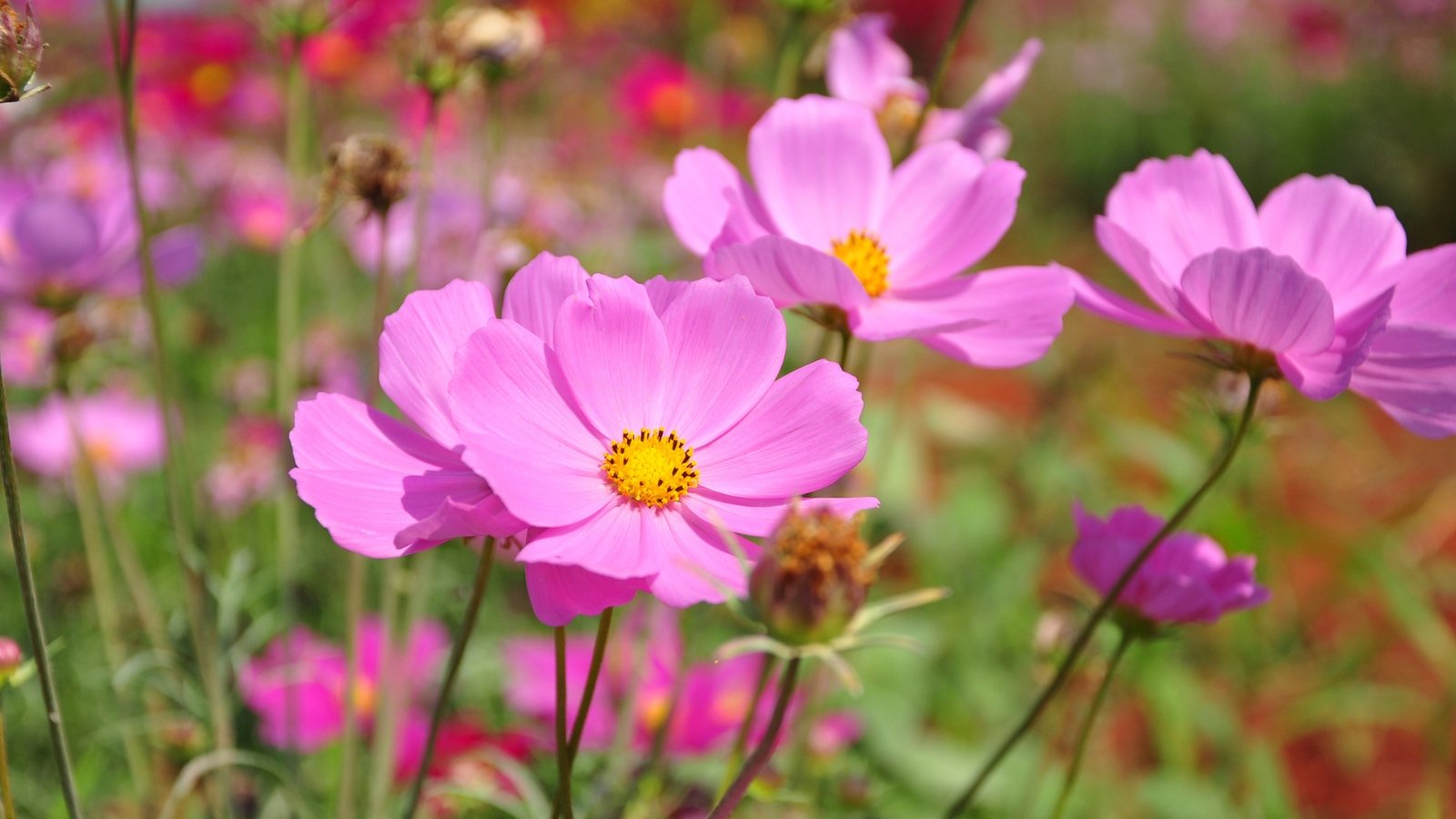 Collect cosmos seeds this month for replanting.
Collect cosmos seeds this month for replanting. Cosmos make our list of plants to propagate in August as they naturally reseed in late summer and fall. Let the North American native annual drop and scatter seeds naturally for a show of color the following season.
Stop deadheading in mid to late summer to promote reseeding. The seeds also provide forage for songbirds.
Sow a final round of cosmos this month for quick color leading into fall. They bloom in about 50 to 60 days from sowing. Make sure an August sowing allows plenty of time to enjoy the flowers before the first anticipated frost date.


 19 hours ago
6
19 hours ago
6

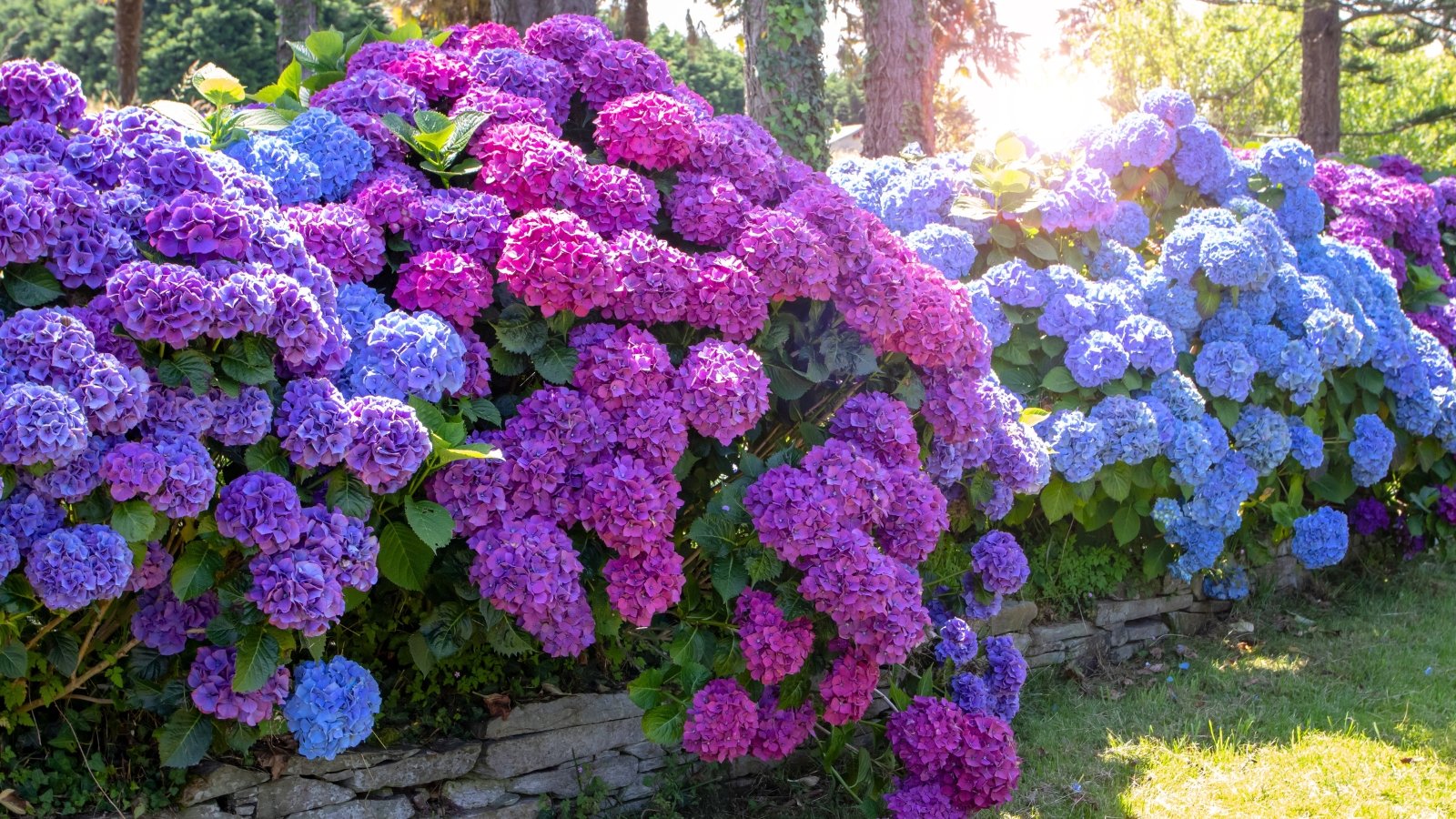

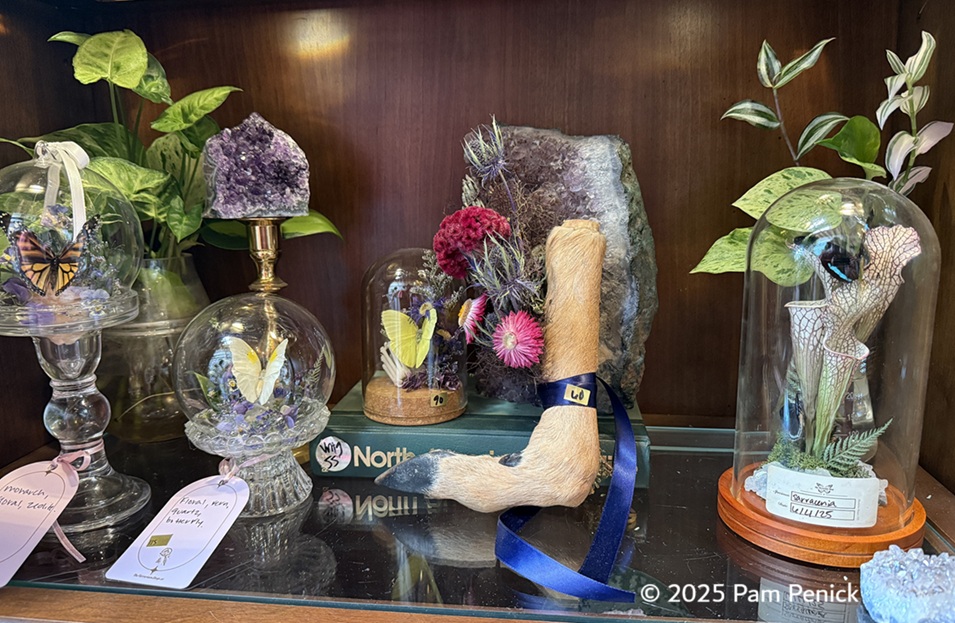

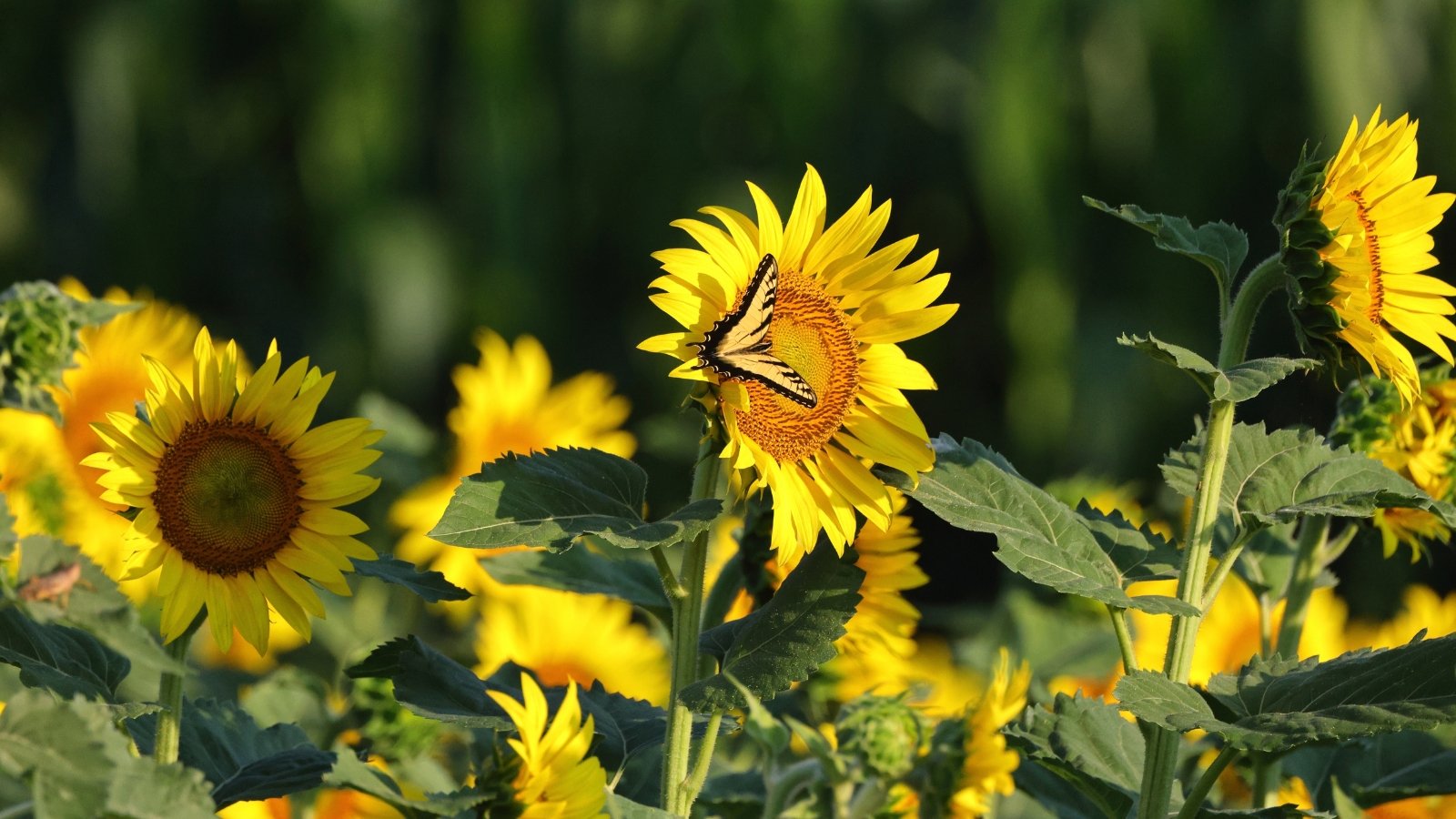
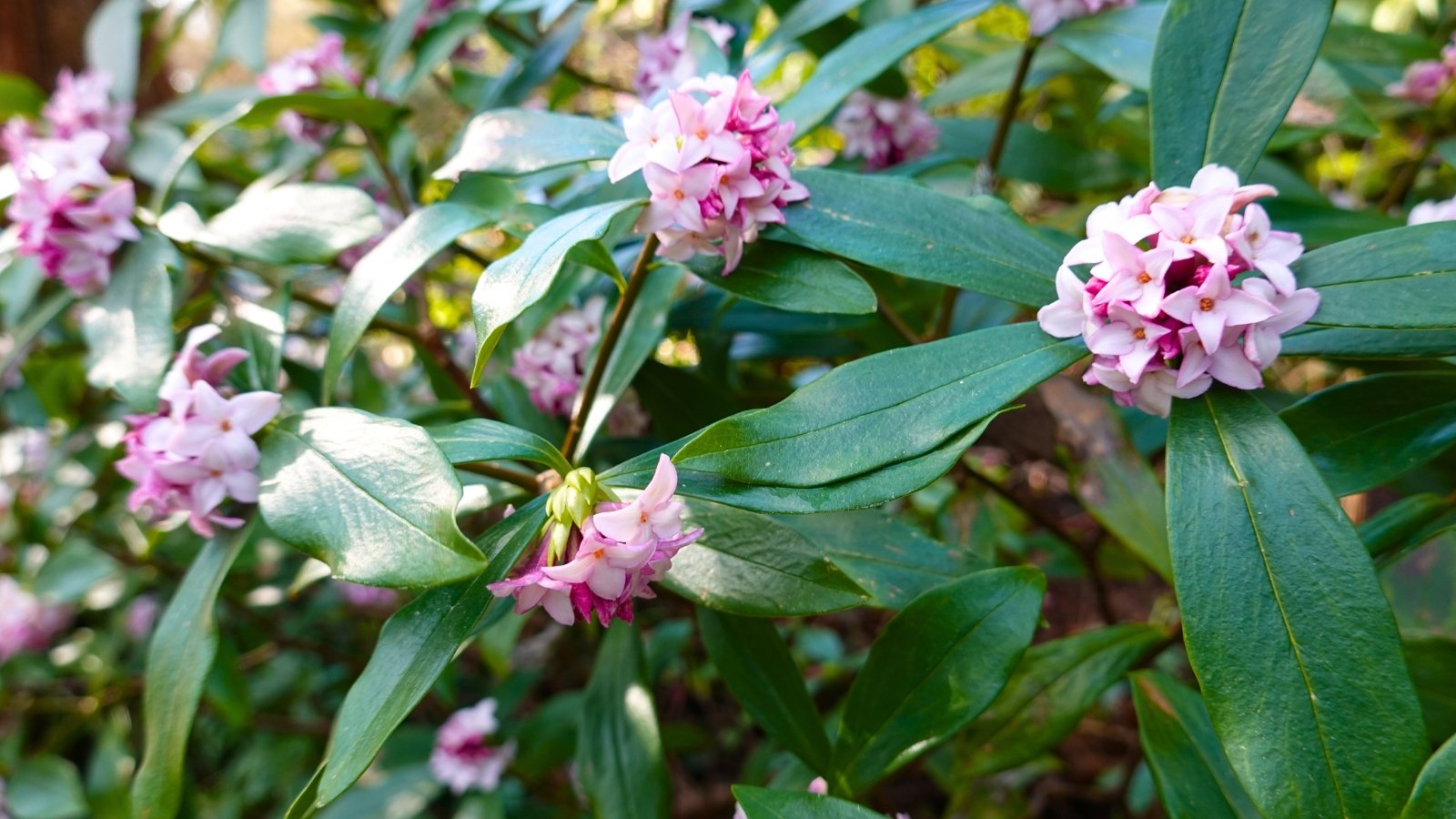














 English (US) ·
English (US) ·  French (CA) ·
French (CA) ·